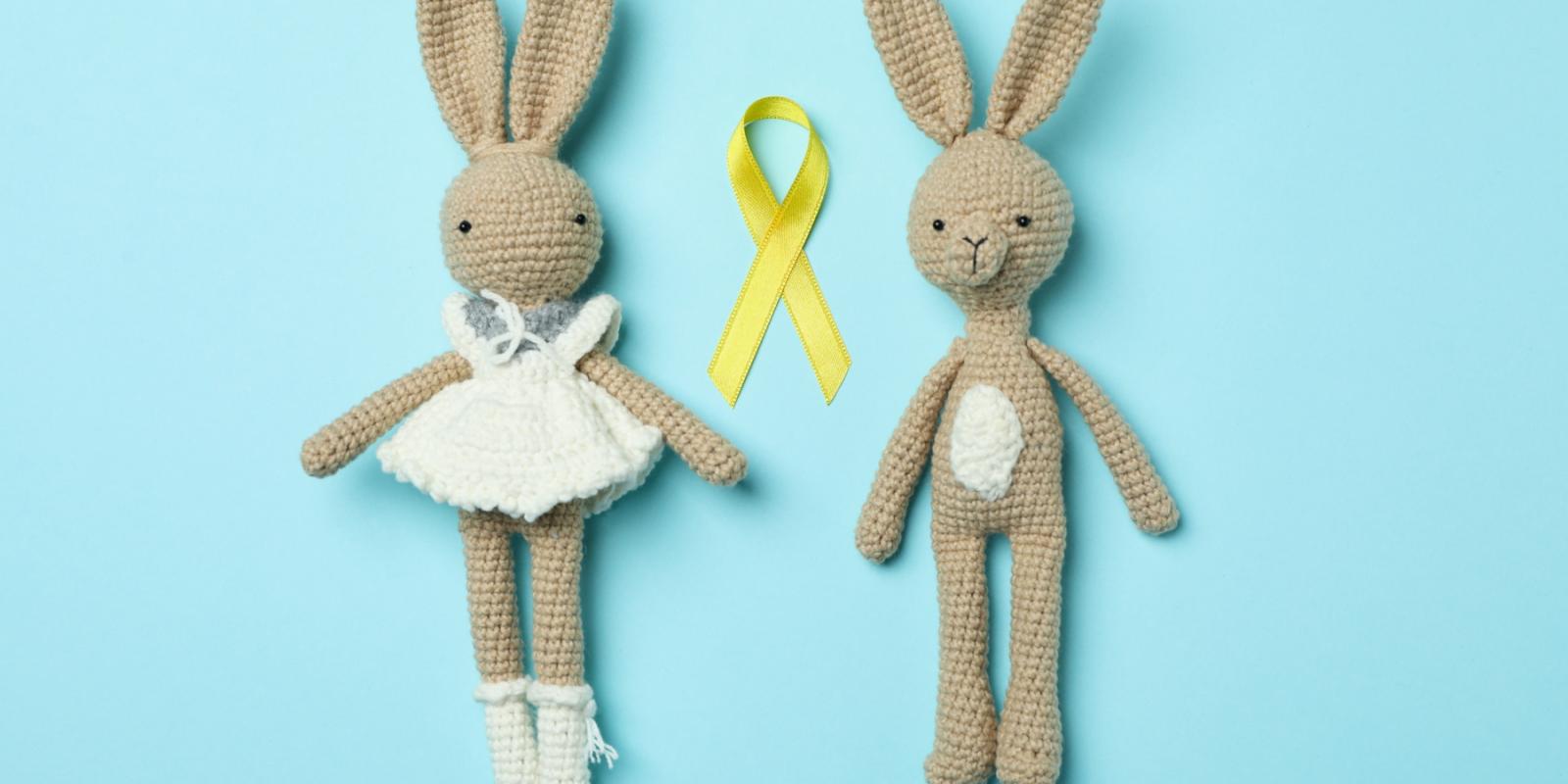Parents experience unexpected and traumatic events when their child is diagnosed with cancer. In addition to the seriously ill child, they have other family and everyday obligations, often including other children to attend to. The treatment is demanding, and many children and young adults must live with the consequences for a long time.
Childhood cancer in Norway
Each year, approximately 350 children and young adults (0-19 years) are diagnosed with cancer in Norway. This corresponds to 3500 individuals in 10 years. Cancer is among the leading causes of death in children and adolescents worldwide, especially in high-income countries.
As a result of medical advancements and effective treatment, the survival rate for children with cancer is almost 80 per cent. However, many survivors must deal with the burden of symptoms during and after cancer treatment. Parents describe some symptoms derived from cancer treatment as pain, fatigue, loss of appetite, and emotional and cognitive challenges.
Understandably, parents who face a demanding situation due to their child’s cancer diagnosis want to do everything possible for the child. Therefore, the burden brought about by conventional cancer treatment has led parents to seek different supportive care treatments, including complementary and alternative medicine - CAM.
What do we know about CAM and childhood cancer?
There is a lack of knowledge regarding the use and effect of CAM among children and young adults with cancer. In addition, there is insufficient information about the treatments used and the reasons why.
Some products and treatments may interact negatively with conventional cancer treatment. Therefore, we - researchers at the National Research Centre in Complementary and Alternative Medicine (NAFKAM) - wanted to survey this use. Simultaneously, we wanted to investigate the possible effects of these treatments by performing a systematic review and meta-analyses based on data from internationally published articles.
What did we find?
We included 20 trials in a study that investigated the use of acupuncture, music and art therapy, hypnosis, as well as herbs and supplements to treat adverse effects of cancer treatment.
Acupuncture
Based on data from five trials, we found that acupuncture was significantly more effective in treating chemotherapy-induced nausea and vomiting compared to the control groups. The participants in the control groups received sham acupuncture and standard anti-nausea and vomiting medications only. Pain due to needling and tight acupuncture bands were reported as adverse effects.
Acupuncture appears to be a good and safe treatment option for standard anti-nausea and vomiting medication in children and adolescents with cancer.
Music and art therapy
We found that music therapy was beneficial for pain associated with painful procedures such as lumbar puncture. This is a procedure where a needle is inserted between two vertebrae to extract spinal fluid. The children who received music therapy experienced the procedure as less painful and scary compared to children in the control group.
In addition, children who received art therapy were more physically active, more social, less stressed, and less depressed than children in the control group. Norwegian hospitals that treat children and adolescents with cancer offer their patients music and art therapies.
Hypnosis
One study reported that individuals who received hypnosis used less supplemental anti-nausea and vomiting medication during the first and second courses of chemotherapy. Another study examined the effect of hypnosis and support groups on reducing chemo-therapy-related stress. The duration of nausea was significantly shorter for those in the hypnosis and support groups compared to those in the control group.
Herbs and supplements
Herbs and supplements were used to alleviate chemotherapy-induced adverse effects such as oral mucositis, nausea, vomiting, weight loss, and hepatoxicity. Several treatments were beneficial for many of the complaints that reduced the children’s quality of life.
Referanser
1. Mora DC, Kristoffersen AE, Overvåg G, Jong MC, Mentink M, Liu JP, Stub T. Complementary and alternative medicine (CAM) modalities used to treat adverse effects of anti-cancer treatment among children: A systematic review and meta-analysis of randomized control trials. BMC Complementary Medicine and Therapies. 2022;22(1):1-21.
2. Stub T, Quandt SA, Kristoffersen AE, Jong MC, Arcury TA. Communication and information needs about complementary and alternative medicine: a qualitative study of parents of children with cancer. BMC Complementary Medicine and Therapies. 2021;21(1):85.
3. Stub T, Kristoffersen AE, Overvåg G, Jong MC. An integrative review on the information and communication needs of parents of children with cancer regarding the use of complementary and alternative medicine. BMC Complementary Medicine and Therapies. 2020;20(1):90.
